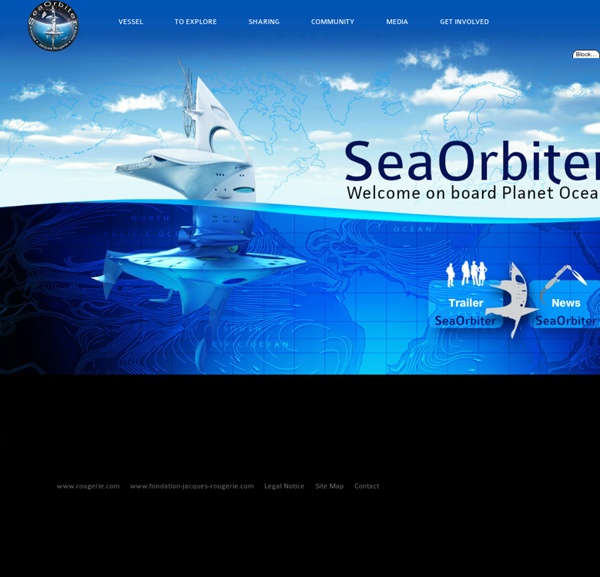



Network theory A small example network with eight vertices and ten edges. It has applications in many disciplines including statistical physics, particle physics, computer science, electrical engineering, biology, economics, operations research, and sociology. Applications of network theory include logistical networks, the World Wide Web, Internet, gene regulatory networks, metabolic networks, social networks, epistemological networks, etc; see List of network theory topics for more examples. Euler's solution of the Seven Bridges of Königsberg problem is considered to be the first true proof in the theory of networks.[1] Network optimization[edit] Network analysis[edit] Social network analysis[edit] Visualization of social network analysis.[2] Biological network analysis[edit] With the recent explosion of publicly available high throughput biological data, the analysis of molecular networks has gained significant interest. Narrative network analysis[edit] Narrative network of US Elections 2012[6] Spread[edit]
17 fiches scientifiques Océan et Climat – Ocean & Climate Platform Pendant longtemps, les discussions sur le changement climatique n’ont pas pris l’océan en compte. Les textes que vous allez lire montrent que les choses changent et que cet environnement planétaire trouve enfin sa place légitime dans les enjeux climatiques. Quel rôle l’océan joue-t-il dans le climat et quels sont les impacts du changement climatique sur l’océan sont les questions abordées ici en une trentaine de fiches scientifiques à télécharger. L’océan, réservoir de chaleur Le climat de notre planète est régi en grande partie par l’océan qui est le principal régulateur du climat mondial grâce à ses échanges radiatifs, mécaniques et gazeux continuels avec l’atmosphère. En particulier, l’océan absorbe, stocke et transporte dans son mouvement la chaleur du soleil en affectant la température et la circulation de l’atmosphère. Par Sabrina Speich, Gilles Reverdin, Herlé Mercier et Catherine Jeandel L’océan, pompe à carbone La hausse de la mer au xxesiècle: observations et causes L’océan Austral
Birds, bees, and banks: lessons from collapsing ecosystems Figuring out why financial crises emerge in seemingly stable economies is tough. Widespread collapses are notoriously difficult to predict - to do so requires a comprehensive view of a complex, interconnected system. But help may be at hand: experts in finance are now looking to certain fields of ecology to help provide this viewpoint. Ecologists have long been concerned with how connections between species relate to the overall stability of an ecosystem. For example, in the 1940’s a drought-resistant plant native to Africa and Asia known as Buffelgrass was introduced to the south-west America’s Sonoran Desert as a means of feeding cattle. This snowballing cycle can be seen in financial crises as well. So how can one prevent such catastrophic cycles? As it turns out, banks might look to bees and flowers. In a nested network, a specialist with few connections will be connected to a generalist that has many connections, including the all the ones the specialist has.
VIDÉOS DES CONFÉRENCES - Institut océanographique - Fondation Albert Ier, Prince de Monaco New Bacterial Life-Form Discovered in NASA and ESA Spacecraft Clean Rooms High atop a platform inside a clean room at the European Space Agency’s (ESA) launch site in South America, scientists painstakingly searched for microbes near the Ariane 5 rocket due to launch the Herschel space telescope in May 2009. Only very unusual organisms can survive the repeated sterilization procedures in clean rooms, not to mention the severe lack of nutrients available. But the scientists’ careful inspection was fruitful, turning up a type of bacteria that had been seen only once before. Two years earlier this same bug had surfaced 4,000 kilometers away in the clean room at NASA’s Kennedy Space Center in Florida where engineers were preparing the Mars lander Phoenix for launch.* The researchers named the bacterium Tersicoccus phoenicis. Scientists go to all this trouble for the purpose of “planetary protection”—which usually means protecting other planets from contamination by microbes originating on Earth.
Thalassa - Ressources dans les mers et océans - Les chiffres de la mer Publié le 07-09-2015 - Mis à jour le 07-09-2015 Les chiffres des ressources dans les mers et océans sont proposés à l'occasion des 40 ans de Thalassa pour donner des notions clés sur les mers et Océans. Proportion d'eau salée La diversité des espèces La biomasse végétale La fosse des Mariannes Les usines de dessalement La grande barrière de corail La surface de la mangrove Le massif du Tamu La production d'algues Les éoliennes maritimes La pêche de l'anchois au Pérou L'apport en protéines animales Le poids de la baleine bleue Les déchets plastiques dans l'océan La centrale marémotrice de Séverne Le site de Thalassa A l'occasion des 40 ans de Thalassa, le site de l'émission vous propose de nombreux contenus sur la mer et les océans des photos, des vidéos et des infographies autour des océans et du climat, à l'occasion de l’exposition-événement du Centre de la mer-Nausicaa la possibilité de voter pour sélectionner les sujets que vous souhaiteriez voir diffusés lors de La Nuit Thalassa.
Pierre Apkarian N. V. Q. N. A. V. A. A. P. P. 21 Science Fictions That Became Science Facts In 2013 MIT's shapeshifting display lets you reach out and touch someone MIT has demonstrated a "Dynamic Shape Display" that can physically change shape to render 3D content. As Fast Company reports, the display is called inFORM, and it's a large surface that sits atop a series of pins, actuators, and linkages. By moving each actuator, inFORM can move the pin it's attached to up or down, allowing for a wide range of interactions. A projector mounted above the surface provides context to the shapeshifting pins, giving them color and highlighting depth. When used in conjunction with a Kinect sensor, inFORM gets a lot more interesting. MIT says it's exploring "a number of application domains" for inFORM. It's extremely impressive stuff, but it's just one step on a long path to what MIT calls Radical Atoms. MIT likens TUIs to a digital iceberg: just the tip of the digital content emerges "above water" into the physical realm.